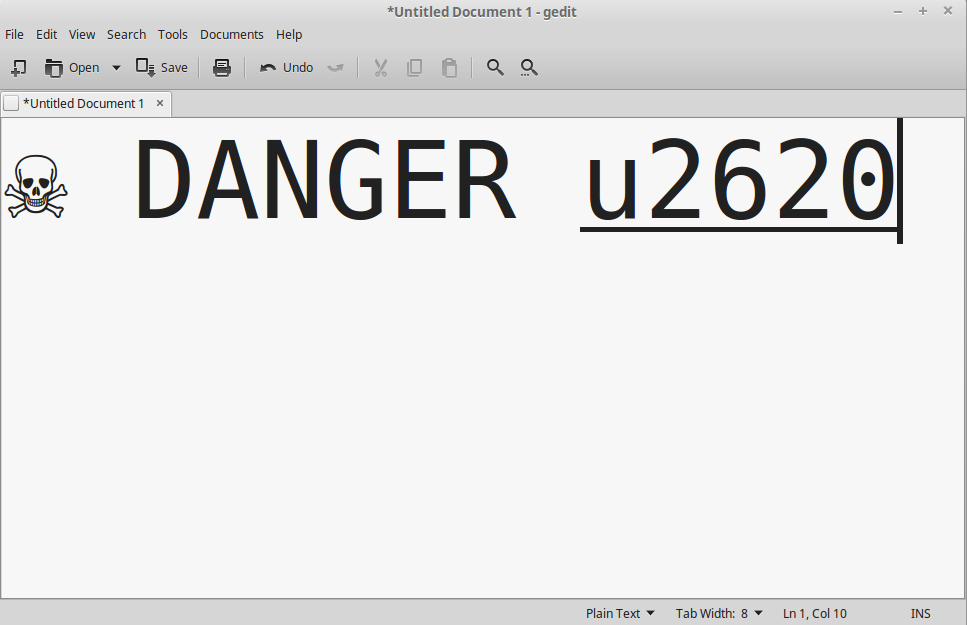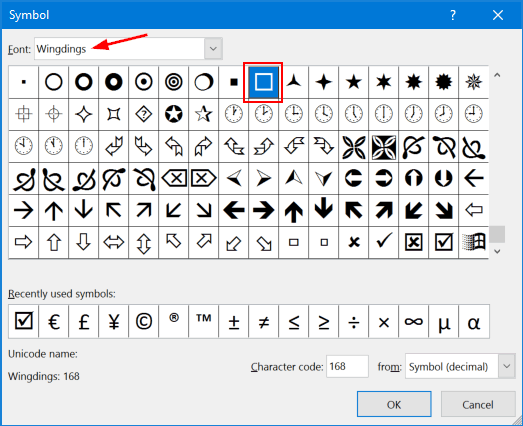

The most extreme size of nchar and nvarchar columns is 4,000 characters, not 8,000 characters like char and varchar. The Unicode supports a broad scope of characters and more space is expected to store Unicode characters. The utilization of nchar, nvarchar and ntext data types are equivalent to char, varchar and text. The Unicode terms are expressed with a prefix “N”, originating from the SQL-92 standard. Microsoft SQL Server supports the below Unicode data types: A lot of times, it happens that developers perform missteps to identify or troubleshoot the issue, and however, those issues are identified with the odd characters in the data, which caused the error. When working with different source frameworks, it would be preferable if every framework agreed as to which characters were acceptable. Special characters are often problematic. It is best for random access by character offset into a byte-array UTF-32 uses 4 bytes to encode an English character.


Having encoding schemes of different lengths required programs to figure out which one to apply depending on the language being used. As a result, other languages required different encoding schemes and character definitions changed according to the language.

While ASCII encoding was acceptable for most common English language characters, numbers and punctuation, it was constraining for the rest of the world’s dialects. Here is the result set of char to ASCII value:


 0 kommentar(er)
0 kommentar(er)
